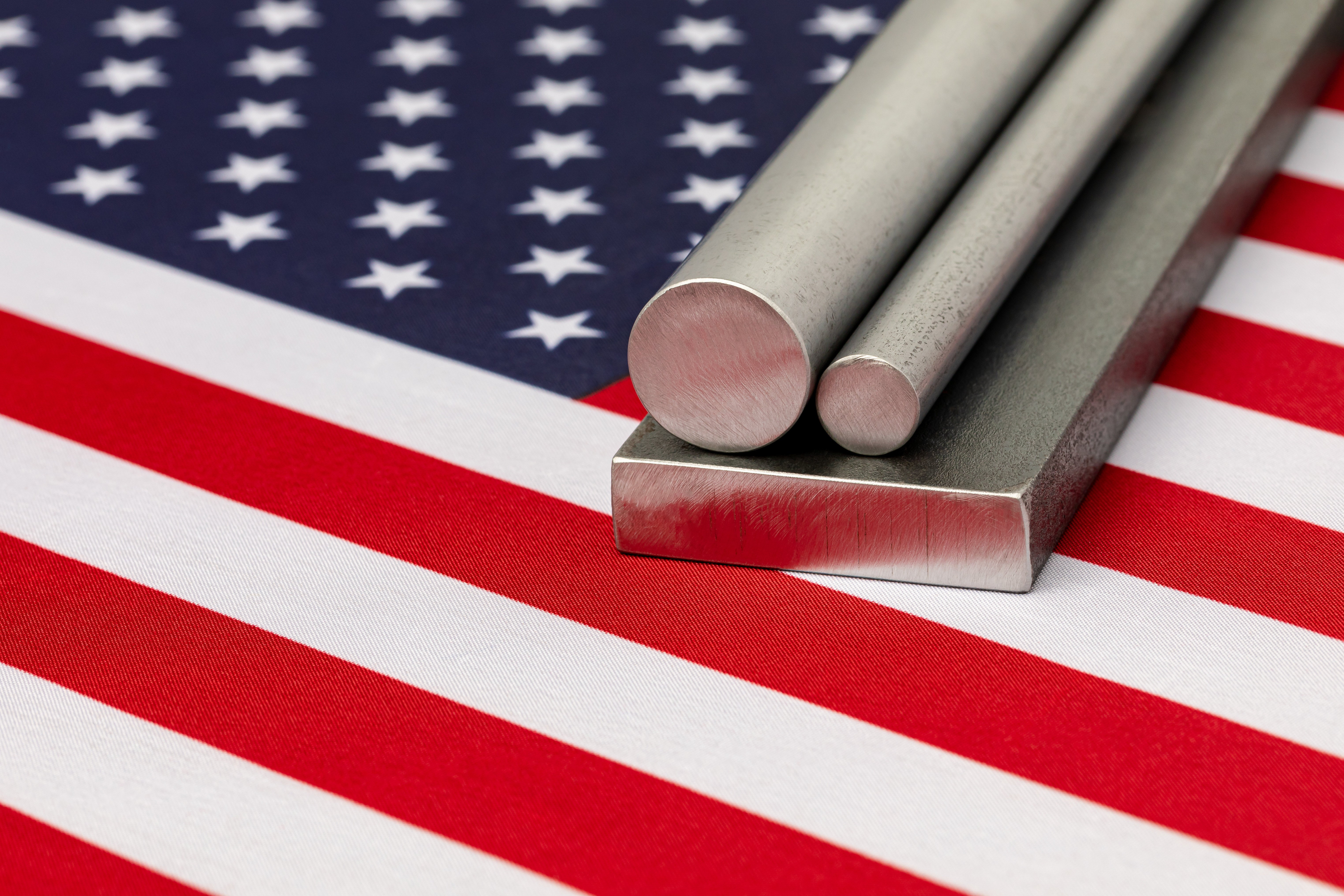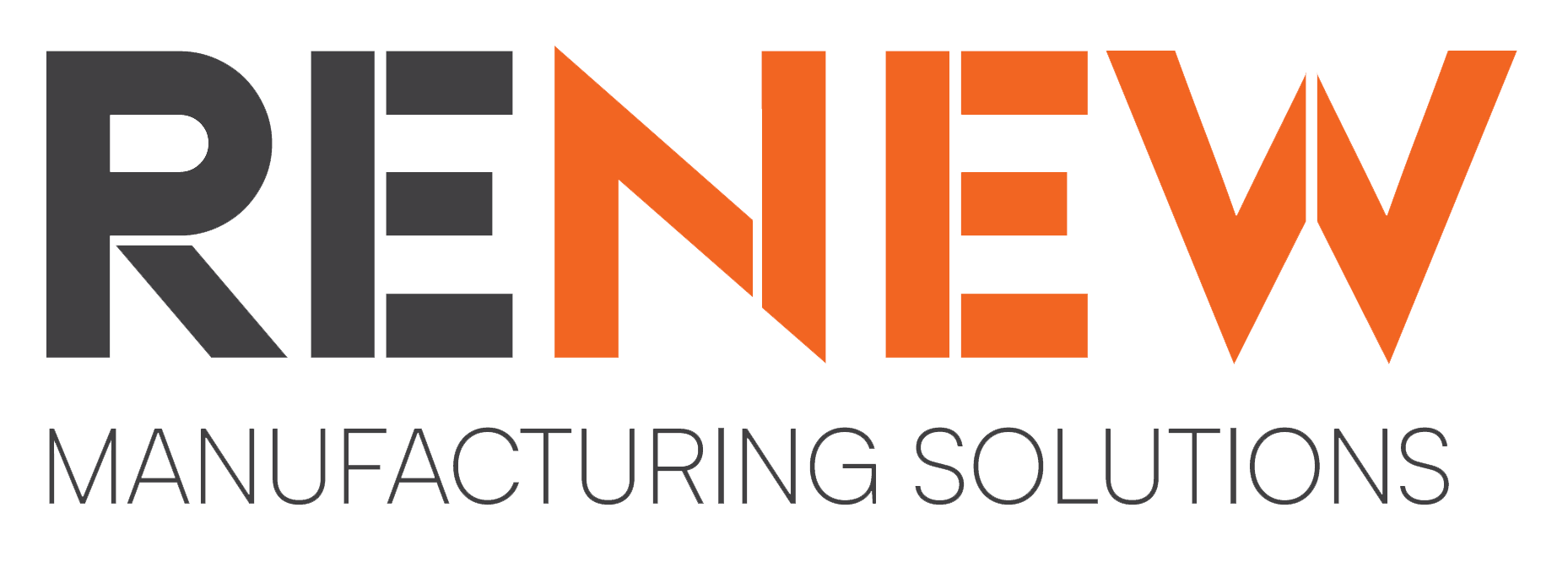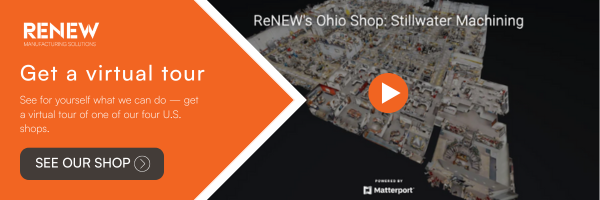Will Tariffs Help or Hurt American Manufacturing Services?

One topic on most Americans’ minds in recent months has been tariffs.
President Donald Trump campaigned on the rhetoric of increasing tariffs on goods manufactured in Mexico, Canada, and China — the United States’ three biggest trading partners.
And so far, he’s been following through on these promises.
Will these be short-term tariffs used as leverage to negotiate better terms for American importers? Or are we on the precipice of long-term tariffs that will impact most industries and supply chains for years to come?
We still don’t know.
But one thing is for sure: The recent tariffs on manufactured goods are having a profound impact on business across all sectors.
None more so than American manufacturing services.
How do tariffs work?
Tariffs and duties are specific taxes levied on goods imported into a country.
While there’s a common misconception tariffs are paid by the exporting company, they’re in fact paid by the importer. In this case, the company or individual buying the goods here in America.
Tariffs can be levied at different rates depending on the type of product being imported. They can also be levied on a flat-rate basis on all goods a country exports.
To determine the exact tariff you’ll have to pay to import something into the United States, you can consult the Harmonized Tariff Schedule of the United States (HTSUS). However, when calculating your total import cost, you’ll also likely have to factor in additional taxes and fees.
While tariffs have been a prominent topic of debate recently, they’re not a new concept.
The United States currently has tariffs in place on goods from many countries and vice versa. Tariff rates are altered and amended regularly. Sometimes this is to protect an important domestic industry or to leverage as a point of compromise in negotiations, and other times as a retaliatory measure.
While international trade and tariffs are much more complex than what we just described, that’s a basic overview of the concept.
How will tariffs affect the American manufacturing industry?
Manufacturing is a key industry in the American economy.
It employs over 12.7 million U.S. workers and contributes nearly $3 trillion of value-added output. That doesn’t even include the full scope of the supply chain.
But over the past several decades, many American companies have moved much of their manufacturing abroad to take advantage of lower labor or raw material costs. This is commonly known as offshoring or, in the case of neighboring countries such as Canada and Mexico, nearshoring.
This strategy allows companies to manufacture parts and products more cost-effectively, but it’s also allowed foreign manufacturers to get a stranglehold on the industry and price-out American manufacturers.
This is where tariffs, at least in theory, may prove to be a benefit for American manufacturing services and create an incentive for companies to bring at least some of their manufacturing operations back into the United States.
Should you reshore your manufacturing operations?
Whether reshoring your manufacturing operations is an option largely depends on your specific business. It’s far too nuanced to discuss categorically. But reshoring manufacturing operations takes a lot of time, effort, and money, especially if you’re trying to set up your own large-scale manufacturing facility for volume production.
Of course, there are a few alternative options.
Option 1: Stay the course
One option is to maintain your operations as they are. You can charge more for the parts and products you’re importing to maintain your margins. Or you can absorb the cost and adjust to decreased margins. While this isn’t ideal, it’s certainly the simplest option.
Option 2: Relocate manufacturing to another country
Another option is to relocate your manufacturing operations to a different country. For example, you could relocate to Vietnam or India to avoid the current tariff rate increases and continue to leverage lower labor costs. However, in many ways, this could just be kicking the can down the road. Labor costs fluctuate and tariffs could be implemented at any time.
Option 3: Work with American manufacturing companies
By working with existing American manufacturing solutions providers, you not only avoid the added cost of tariffs, but you ensure that your supply chain won’t be disrupted by logistics nightmares. You also won’t be affected by export bans foreign countries may impose on specific types of goods.
In short, manufacturing your parts and products domestically is a great way to ensure a secure, reliable, and predictable supply chain.
How to prepare for the resurgence of American manufacturing services
There’s a lot to consider when deciding whether to reshore your manufacturing operations, move them to a different low cost of labor country, charge your customers more, or sacrifice your profit margins for an unknown — and potentially lengthy — period of time.
But the simplest way to begin addressing tariffs is to reach out to your partners in the American manufacturing industry and discuss your needs when it comes to domestic manufacturing.
At ReNEW Manufacturing Solutions, we’re already prepared for the influx of business that’s coming back to America.
As a multi-state metal manufacturer with a broad range of capabilities spanning every aspect of custom metal fabrication and precision CNC machining, we’re anxious to see how these new tariffs affect the manufacturing landscape. But more than that, we’re eager to be a true partner for companies who want to manufacture their parts and products in North America.
While challenges may lie ahead, we’re incredibly optimistic about the resurgence of American manufacturing, a vital industry within our economy.
Whether you’re just starting to consider manufacturing parts in America again, or are ready to build a relationship and start working with a true precision manufacturing services partner here in the United States, reach out to us or request a quote.



